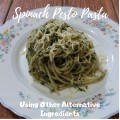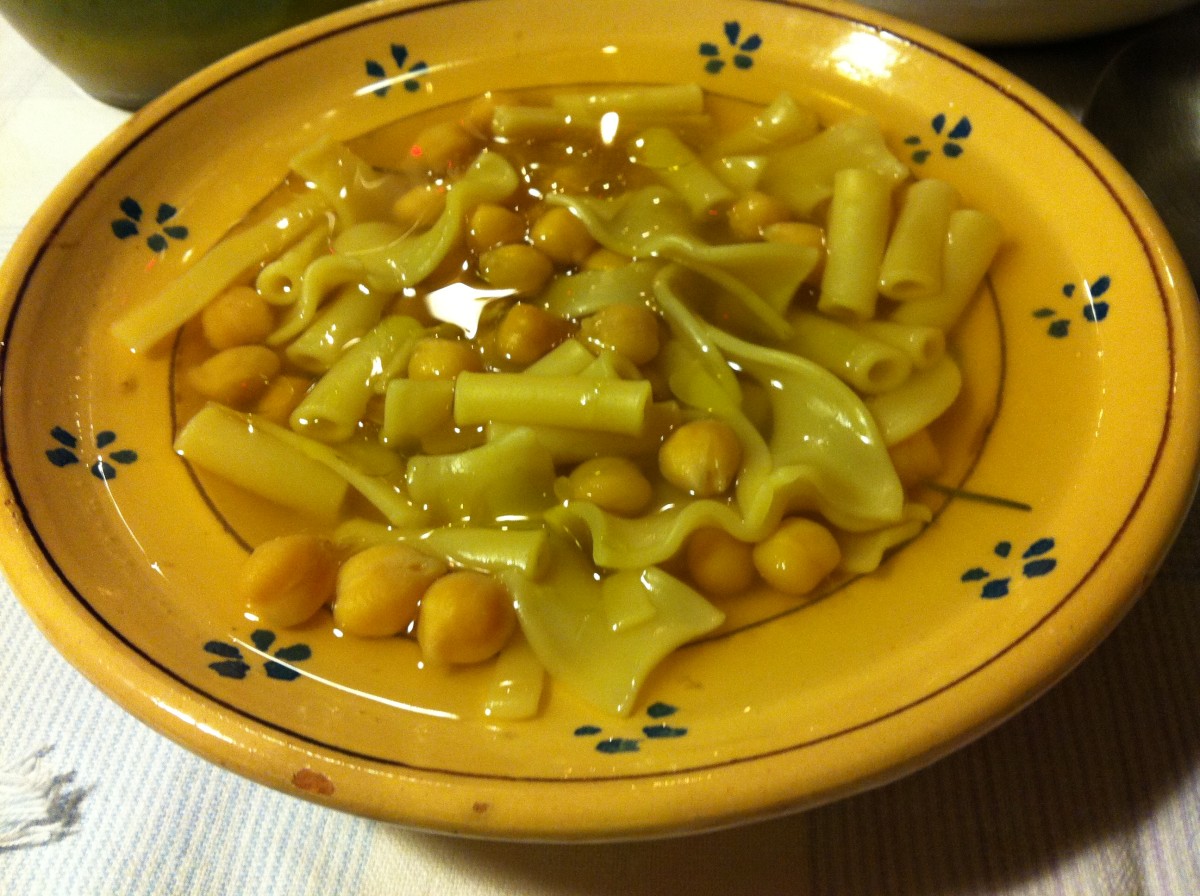Risotto Restaurant Style
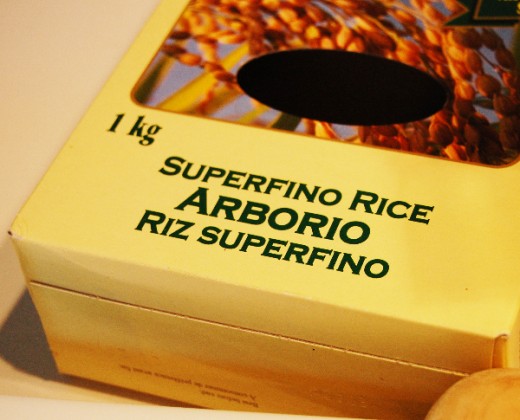
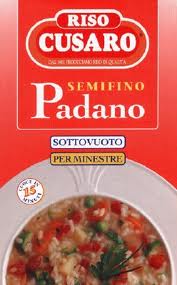
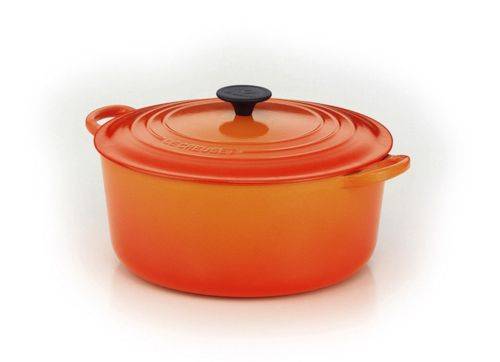
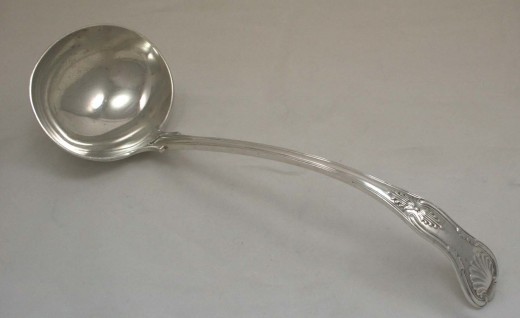
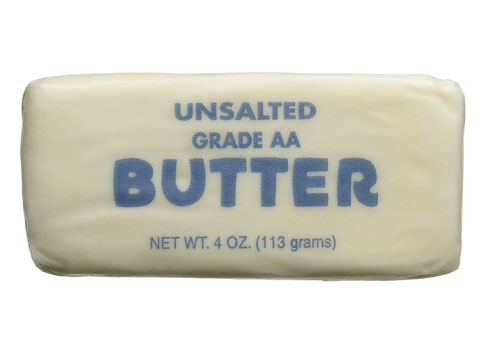
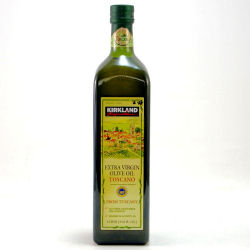
Risotto Like the Pros
A few years ago, I decided I was going to learn to make Risotto. Now this dish is really a hearty dish and requires some practice, but after reviewing this article, you will be able to make restaurant style Risotto. In fact, I've paid some pricey meal tags for some Risotto and was very disappointed after comparing to what I can make. This is not a brag session, don't get me wrong, but you can make Risotto with the best of them if you follow a few simple techniques, which I will describe shortly.
What is Risotto?
Risotto is a classic Italian dish that has its roots in northern Italy. The Padano region in Italy is responsible for most of the rice production in Italy. There are different types of rice that are used for making Risotto: Arborio and Carnaroli are two of the most popular varieties. To make a good risotto, you must have a rice that is high in starch. Both of these varieties are known for their high starch content.
Risotto is made by adding stock to the rice and stirring while never allowing the rice to dry up near the top. As liquid is added to the rice, the rice releases the starch and creates the dish known for its immense flavor and its rich texture.
Pointer: any ingredient you add to the dish should be room temperature. Don't add a chilled wine to the dish as it will shock the rice. You will mess with the absorption process and will be left with a very hard rice at the center.
What Ingredients Should I Add to Risotto?
Some great ingredients to add to risotto include meat, poultry, fish and vegetables. Fresh seasonal vegetables that inspire great recipes in risotto include asparagus spears, peas, butternut squash, artichoke hearts, radicchio, zucchini, fava beans and mushrooms (Williams-Sonoma, "Risotto", Simon & Schuster, 2002, page 107).
Stock
There are 5 types of stock that are typically used in risotto dishes: beef stock, chicken stock, fish stock, shellfish stock and vegetable stock. Most cookbooks I've studied recommend making your own stock since many of the stocks you buy in the stores have a lot of salt and other additives that will distort the true taste of the dish.
Meat dishes will call for beef stock, chicken dishes call for chicken stock, and fish dishes will use either the fish or shellfish stock. I've never used vegetable stock but would use for vegetables only.
Stock, once it is determined, is added to a pan and heated to a low simmer. You don't want to add cold stock to the risotto as I mentioned above regarding the problem of adding cold liquids to the rice. This is your first step to heat the stock in a saucepan.
Pan for the risotto
You will want to use a larger pan to cook your risotto dish. The bottom should be thick and wide such as a dutch oven type. This will allow for uniform heating of the rice and a gradual absorption as opposed to cooking rice very quickly.
Ladle
I would encourage you to use a ladle to transfer heated stock to the rice. Every so often, as you see fit, add a ladleful of stock to the rice. You will see that under a medium heat, the rice will be bubbling as it absorbs the stock, and you will be stirring almost contantly. Don't allow the rice to dry up but keep a constant vigil on your stock additions. At first it might seem a little much but you will get the hang of it very quickly.
Stir and add stock. Repeat process. How hard is that?
If you can understand the process, which is very easy, you will be challenging the restaurant cooks with what you have produced. Your friends will thank you too.
Getting the Basic Risotto Dish (BRP) Started
You will need the following ingredients to make risotto (not including your meat and vegetables you will add). This will always allow you to be able to make the basic risotto dish.
Onion, yellow
Extra Virgin Olive Oil
Unsalted Butter (don't use regular butter because high salt content can ruin your dish)
Stock
Parmesan Cheese
One of the main ingredients you will start with is either an onion or a shallot (the onion will covered in this article).
Chop a medium size yellow onion with a medium chop and set aside. Get a large pan or dutch oven pan and add a nice covering of Extra Virgin Olive Oil (1/4 Cup) to the pan on medium heat (around 1/4 cup or so).
Additionally, add around 1-2T of unsalted butter to the olive oil. Add onions to the olive oil / butter and sauté until translucent, around 5 mins or so. This will form the base of the recipe before adding the rice.
Once onion is cooked and rendered down, you will be adding the risotto to the the mixture.
Introduction of the rice, risotto
This is a very important step since you will be allowing the risotto to absorb all the wonderful onion, olive oil and butter flavors. Additionally, this will help temper the outer coating of the rice which is made up of a hard protein, and this will help regulate the absorption of the stock. Without this, the rice would absorb too quickly and the dish would not cook correctly.
Cook rice for around 2 minutes.
Wine
Once rice has been added and stirred, you will now add the next ingredient, wine. In addition to the flavor the wine will add, you will be deglazing the pan and the bits and pieces that create much of the flavor will now be scraped off the bottom of the pan and into your dish.
Pointer: dry white wines such as Pinot Grigio and Sauv Blanc are good with risotto. Use something that you would drink, not some vinegar type of cooking wine.
Add 1 Cup of a dry white wine into the risotto. The risotto will absorb the wine and develop the flavors that will now build the base of the dish. Once the base of the recipe is established, the introduction of the stock will now begin, one ladelful at a time, stirring the Risotto while it absorbs the liquid, and repeating until stock has been depleted and or the Risotto is finished.
Stock Addition
You will need around 50-60 fluid ounces of stock for the dish (around 4 cans of store bought).
You will now be on the clock for around 20 minutes of stirring the rice while adding a ladleful of stock at a time. As mentioned above, this is the easiest part of the recipe and requires ladleful of stock being added to the rice, stirring, and repeating the process. If you do run out of stock before the dish is complete, you can add water as most of the flavors have been absorbed at this point.
How to Know When Risotto Is Finished?
As you add stock, you will begin to see the rice absorb liquid and expand. The rice that looked so puny in the pan at first will now be quite large. You will want to cook the rice until it's al-dente (tender yet firm in the middle). Taste the risotto and you will develop a skill for when it's complete! If crunchy in middle, keep process going.
Finishing Risotto Dish and Plating
Now, this next tip is very important. The Risotto is now cooked but needs some love. You need 2 ingredients to finish this dish:
unsalted butter
Parmesan cheese.
Add 2 T of unsalted butter to the Risotto and stir in. Add around 1/2 C of Parmesan cheese (graded real fine) and stir in. This extra step, the finishing step, will bring your Risotto up to restaurant style quality.
Plate and serve with extra Parmesan cheese. If you want to spice the dish up a little, add some crushed red pepper to the finished dish.
Now, the question most of you are asking is what is actually going to go into the Risotto? I have described the general process of making a really superior dish of Risotto. I will call this the Basic Risotto Process. Once you understand the basic process, you will be ready to look at adding some really serious ingredients to your basic Risotto such as Italian sausage, peas, butternut squash, crab, lobster and mushrooms. I hope this helps.
The next article I write will have some of my favorite recipes.






